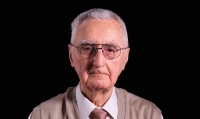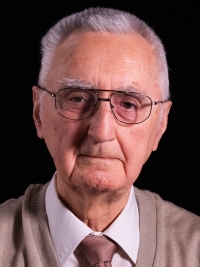During the war, he was only a step away from death. He dedicated his saved life to dams and to the Jezeří Castle

Download image
Zdeněk Hubáček was born in 1931 in Pelhřimov, where he spent his childhood. At the end of the World War II, he was personally affected by the tragedies in Leskovice and Pelhřimov where Nazis executed Czech revolutionaries. After the war, the family moved to Vysoké Mýto, where Zdeněk graduated from a water management high school. He studied at university while working at the Water Research Institute in Prague. He participated in projects to protect dams from floods. At the turn of 1980s and 1990s he was in the commission for the Žižkov TV tower construction. He took part in several environmental projects, such as the Prague Northwest bypass. He was also one of the founders of the Society for Sustainable Life and was personally acquainted with ministers of environment Josef Vavroušek and Bedřich Moldan or with minister of health Martin Bojar.






